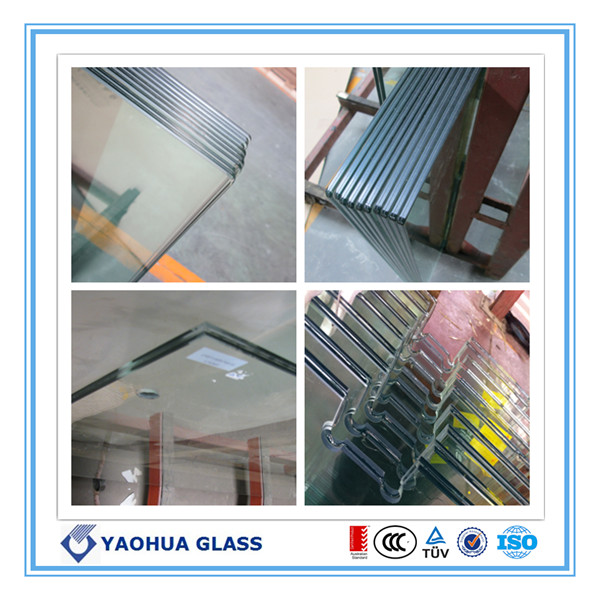 |
The research group of Bruce Logan, professor of environmental engineering at Pennsylvania State University, is trying to develop a microbial fuel cell that can turn untreated sewage into clean water while generating electricity. Regardless of whether it is a developing country or a developed country, this "two birds with one stone" technology is quite attractive. More tantalizingly, according to the US National Science Foundation (NSF) website, the technology may also achieve seawater desalination in the future and become a "three-in-one" technology.
Sewage treatment is time-consuming, expensive, and consumes a lot of energy. It is basically an industry that only invests in output, and it is also a major headache for governments in all countries. According to data, 5% of electricity consumption is used for sewage treatment. According to statistics from the National Development Committee of the United States, the United States needs to handle 33 billion gallons of domestic sewage each year, and the processing cost is about 25 billion US dollars, most of which is energy costs.
Therefore, once the emergence of microbial fuel cells that can purify water quality and generate electricity, it is expected to turn wastewater treatment into a profitable industry. Logan believes that the future use of microbial fuel cells in sewage treatment plants can not only meet their own power consumption, but also transmit electricity.
The traditional fuel cell uses hydrogen to generate electricity, but Logan and his research team for the first time tried to use organic-rich sewage to generate electricity. In theory, directly pouring wastewater into a fuel cell can generate electricity while purifying wastewater. The working principle of the battery system is that the bacteria in the sewage feed on organic matters, and then release electrons. The electrons gather on the carbon rod of the fuel cell to form a current loop in the water. Once the discharge capacity has increased to a certain extent, it can be used.
As early as 2005, Logan's team announced the development of microbial fuel cells. They produced 72 watts of current in the lab to drive a small fan.
In recent years, the laboratory has obtained a series of progress under the support of NSF. For example, in addition to generating a current, adding a little more voltage to the system can also produce hydrogen. Hydrogen is an environmentally friendly clean energy and has a variety of industrial uses.
In addition, Logan is also experimenting with the introduction of seawater into the fuel cell, which will not only generate more electricity, but if the test is successful, the system can generate energy, treat the sewage, and dilute the seawater at the same time.
In fact, microbial fuel cells are not a new concept. As early as 1910, the British botanist Mark Bitter discovered for the first time that the culture fluid of bacteria was able to generate electricity. He successfully produced the world’s first microbial fuel cell using platinum as an electrode; in 1984, the United States made a The microbial fuel cell used in space is fueled by astronauts’ urine and live bacteria, but the discharge rate is extremely low.
In addition to Logan, there are other research groups in the world that are developing microbial fuel cells, but none have gone out of the lab.
Although there are no commercial products yet, University of Toronto scientist David Birger estimated that the potential value of electric energy in the sewage is 10 times the processing cost. Logan believes that as long as the potential energy can be used 1/20, the sewage treatment plant can solve the sewage treatment costs. However, he estimated that it will take 5 to 10 years for the microbial fuel cell to achieve industrial applications.
At this stage, Logan pointed out that the key issue that breaks through industrial applications is still how to continue to reduce costs and improve battery performance.
It is reported that in the early studies, the Logan team used a lot of expensive materials, such as expensive graphite electrodes, polymers, and precious metals such as platinum. But its latest battery system has used cheaper and environmentally friendly materials. "We can now use no precious metals," Logan said.
Glass Roof with Laminated Glass with any features:
Thickness: 6.38 mm, 8.38 mm, 10.38 mm, 12.38 mm, 8.76 mm, 10.76 mm, 12.76 mm, etc
PVB thickness: 0.38 mm 0.76 mm 1.14 mm 1.52 mm 1.90 mm 2.28 mm 2.66 mm 3.04 mm
Color: orange, black, grey, white, milky white, purple, violet, green etc.
Edge: flat, grind, polished, holes available
Heat conductivity: 4.73- 6.35W/m2K
Bending strength: more than 200Mpa

Glass Roof
Glass Roof,Glass Roof Panels,Glass Conservatory Roof,Glass Roof Systems
Shandong Yaohua Glass Co.,Ltd , http://www.sdyaohuaglass.com